Intro
Learn about Inguinal Hernia Repair Surgery, a minimally invasive procedure for hernia treatment, using laparoscopic techniques and mesh repair to alleviate symptoms and prevent recurrence, promoting quick recovery and optimal outcomes.
Inguinal hernia repair surgery is a common and effective procedure for treating hernias in the groin area. An inguinal hernia occurs when tissue, such as part of the intestine, protrudes through a weak spot in the abdominal muscles. This can cause discomfort, pain, and potentially serious complications if left untreated. With advancements in medical technology and surgical techniques, inguinal hernia repair surgery has become a relatively straightforward and minimally invasive procedure. As a result, many people are seeking this treatment to alleviate their symptoms and improve their quality of life.
The importance of addressing inguinal hernias cannot be overstated. If left untreated, these hernias can lead to severe consequences, including strangulation, where the blood supply to the herniated tissue is cut off, and incarceration, where the hernia becomes trapped and cannot be pushed back into the abdomen. Both of these conditions require emergency medical attention and can have serious outcomes. Therefore, understanding the options available for inguinal hernia repair is crucial for individuals suffering from this condition. By exploring the benefits, risks, and latest techniques in hernia repair surgery, patients can make informed decisions about their treatment.
Inguinal hernia repair surgery is typically recommended when the hernia is causing symptoms or is at risk of leading to complications. The decision to undergo surgery is often made after consulting with a healthcare provider, who will assess the size and location of the hernia, as well as the patient's overall health. There are different types of surgical approaches, including open repair and laparoscopic repair, each with its own advantages and disadvantages. Open repair involves making a single incision in the groin area, while laparoscopic repair uses several small incisions and a camera to guide the surgeon. The choice of surgical method depends on various factors, including the patient's medical history, the size and complexity of the hernia, and the surgeon's expertise.
Inguinal Hernia Repair Surgery Overview
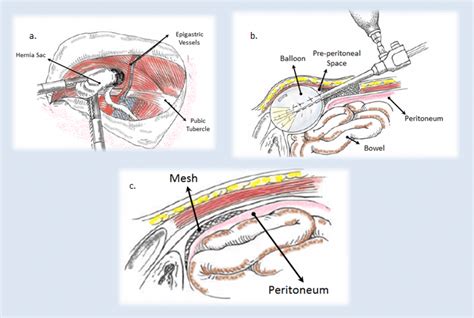
Benefits of Inguinal Hernia Repair Surgery
The benefits of inguinal hernia repair surgery are numerous. Some of the most significant advantages include: * Relief from symptoms such as pain, discomfort, and swelling in the groin area * Reduced risk of complications, such as strangulation and incarceration * Improved quality of life, with many patients able to return to their normal activities shortly after surgery * Low recurrence rates, with most patients experiencing a permanent solution to their hernia * Minimally invasive options, such as laparoscopic repair, which can reduce recovery time and scarringTypes of Inguinal Hernia Repair Surgery
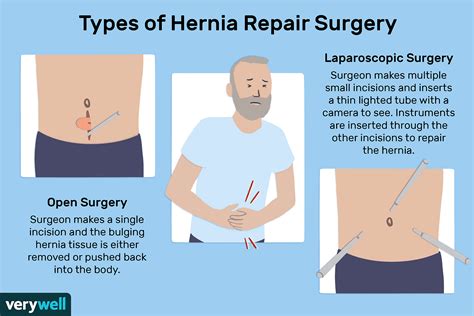
Risks and Complications of Inguinal Hernia Repair Surgery
While inguinal hernia repair surgery is generally safe, there are potential risks and complications to be aware of. Some of the most common complications include: * Bleeding or hemorrhage * Infection * Nerve damage or numbness * Recurrence of the hernia * Adhesions or scar tissue * Reaction to anesthesiaPreparation for Inguinal Hernia Repair Surgery
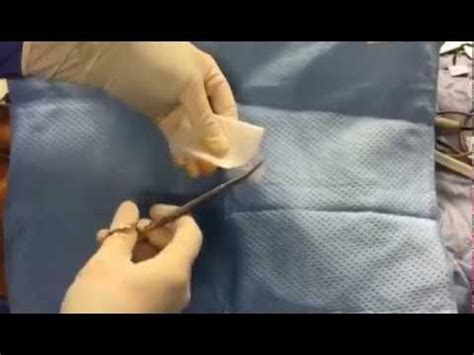
Recovery from Inguinal Hernia Repair Surgery
Recovery from inguinal hernia repair surgery typically involves a period of rest and avoiding heavy activities. Most patients can return to their normal activities within a few weeks, although it may take several months for the body to fully heal. Some tips for a smooth recovery include: * Following the surgeon's instructions for post-operative care * Taking pain medication as directed * Avoiding heavy lifting, bending, or strenuous activities * Getting plenty of rest and avoiding stress * Attending follow-up appointments with the healthcare provider to monitor healing and remove sutures or staplesCost and Insurance Coverage for Inguinal Hernia Repair Surgery

Alternatives to Inguinal Hernia Repair Surgery
While surgery is often the most effective treatment for inguinal hernias, there are some alternative options available. These may include: * Watchful waiting, where the patient monitors the hernia for any changes or symptoms * Hernia trusses or belts, which can provide support and relief from symptoms * Physical therapy, which can help strengthen the abdominal muscles and improve overall health * Lifestyle changes, such as maintaining a healthy weight, avoiding heavy lifting, and managing constipationInguinal Hernia Repair Surgery for Children
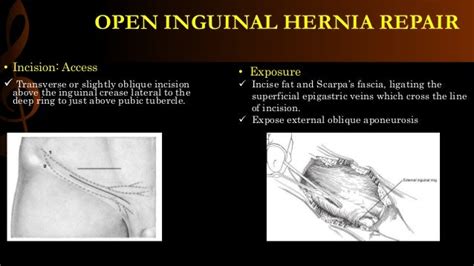
Complications of Inguinal Hernia Repair Surgery in Children
While inguinal hernia repair surgery is generally safe for children, there are potential complications to be aware of. These may include: * Infection * Bleeding or hemorrhage * Nerve damage or numbness * Recurrence of the hernia * Adhesions or scar tissue * Reaction to anesthesiaFuture Developments in Inguinal Hernia Repair Surgery
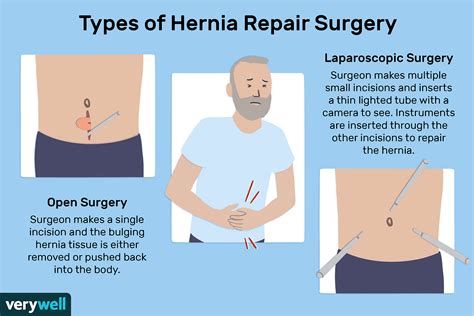
Conclusion and Final Thoughts
Inguinal hernia repair surgery is a highly effective treatment for inguinal hernias, offering relief from symptoms and reducing the risk of complications. With advancements in medical technology and surgical techniques, the procedure has become relatively straightforward and minimally invasive. By understanding the benefits, risks, and latest techniques in hernia repair surgery, patients can make informed decisions about their treatment and take the first step towards a healthier, more comfortable life.What are the symptoms of an inguinal hernia?
+The symptoms of an inguinal hernia may include a bulge or swelling in the groin area, discomfort or pain, especially when coughing, lifting, or bending, and a feeling of heaviness or pressure in the groin.
How long does it take to recover from inguinal hernia repair surgery?
+The recovery time for inguinal hernia repair surgery can vary depending on the individual and the type of surgery. Most patients can return to their normal activities within a few weeks, although it may take several months for the body to fully heal.
Are there any risks or complications associated with inguinal hernia repair surgery?
+Yes, as with any surgery, there are potential risks and complications associated with inguinal hernia repair surgery. These may include bleeding, infection, nerve damage, recurrence of the hernia, and reaction to anesthesia.
Can inguinal hernia repair surgery be performed on an outpatient basis?
+Yes, many inguinal hernia repair surgeries can be performed on an outpatient basis, allowing patients to return home the same day as the procedure. However, some patients may require a hospital stay, especially if they have underlying medical conditions or if the surgery is more complex.
How much does inguinal hernia repair surgery cost?
+The cost of inguinal hernia repair surgery can vary depending on factors such as the location, surgeon's fees, and type of surgery. On average, the cost of open repair can range from $5,000 to $15,000, while laparoscopic repair can range from $10,000 to $25,000.
